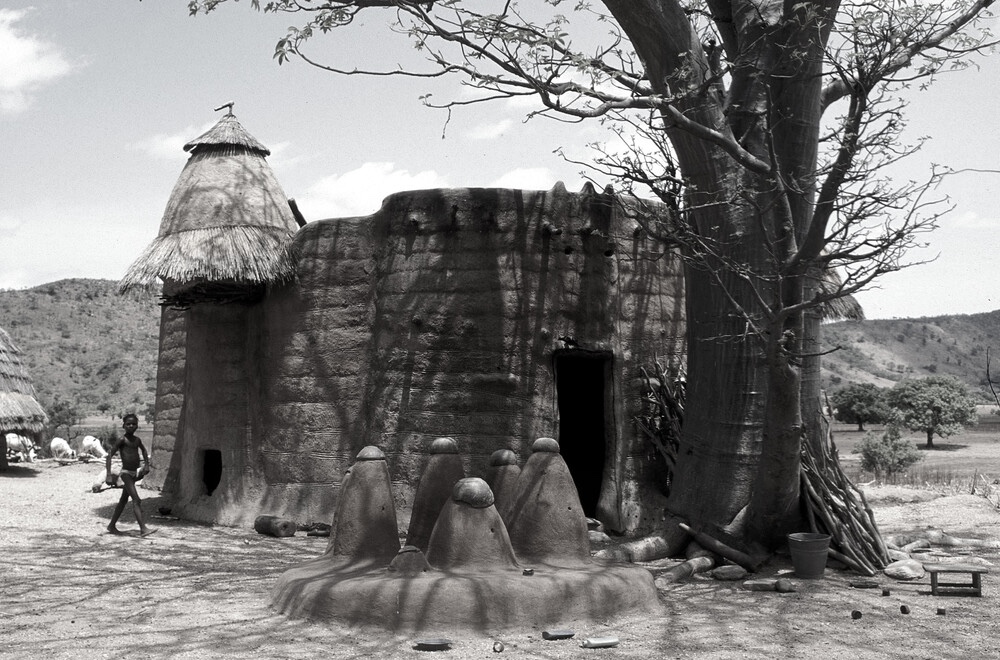What Future for Sacred Places in the Age of Climate and Virtuality?
By Ibrahim Tchan,
Climate change does not only erode landscapes or materials. It threatens gestures, rituals, stories—what binds people to their territories, to their ancestors, to their sense of belonging. In the face of this, should we simply document, archive, observe the loss? Or should we begin to invent new forms of presence, capable of extending the breath of heritage where the ground becomes unstable, practices disperse, and memory fades?
This is exactly the path we are currently walking with the Takienta, the ritual dwelling of the Batammariba people, in the Koutammakou region (Benin/Togo).
We are actively engaging in a multi-layered process using virtual reality, 3D modeling, photogrammetry, telepresence, augmented reality, and now drone-assisted AI for inventory and sacred landscape mapping.
But our aim is not to freeze this living architecture in pixels. It is to make it accessible in new ways, to enable active transmission, especially where collapsing soils, displacement, or disrupted rhythms make ritual continuity difficult.
We are working to ensure that initiation rituals like the Dikuntri (for girls) and the Difuani (for boys) can still be felt, understood, and experienced—even remotely, even tomorrow—in a world where physical presence may no longer be possible, but where spiritual connection can be reimagined. This is no longer just about preserving form, but about ensuring that communities—especially younger generations—can continue to “inhabit” their heritage, making it a living resource in an uncertain world.
This approach raises critical questions:
➡ How can digital tools become instruments of cultural adaptation, not substitution?
➡ What ethical, inclusive, and grounded models can guide us in this transition?
➡ Which stories, practices, and examples should we be sharing—urgently?
We offer this not as a finished solution, but as an open invitation to explore, test, and co-create. To engage in cross-disciplinary collaboration, to rethink how we care for what matters most. Because heritage does not preserve itself. It must be carried, transformed, retold—together. And if the tools of tomorrow can help honor the memory of our origins, then it is up to us to use them with care, clarity… and commitment.
*Ibrahim Tchan is a Heritage and Climate Change Specialist Researcher/Project Manager working in Benin

